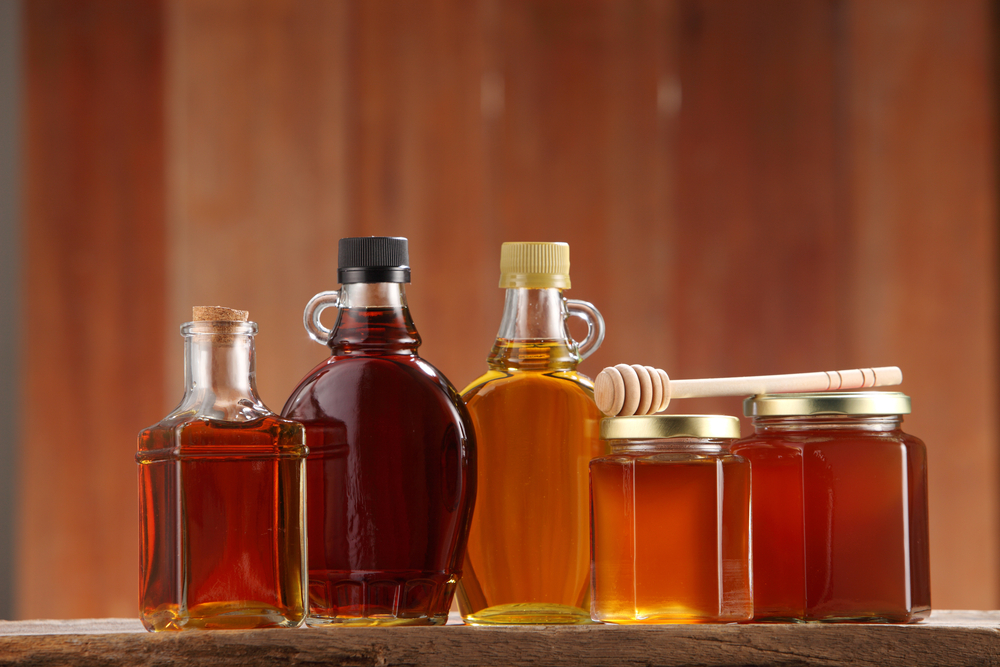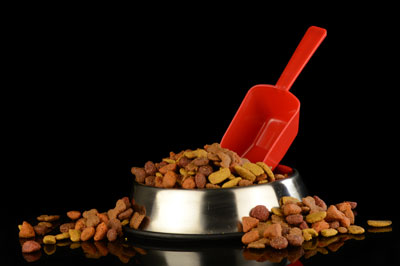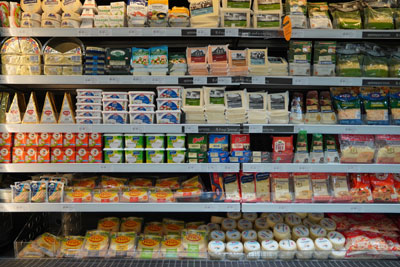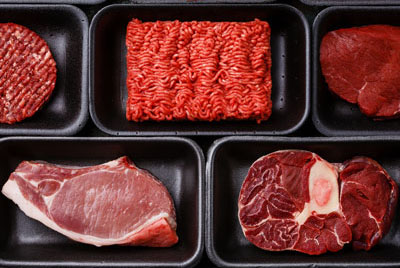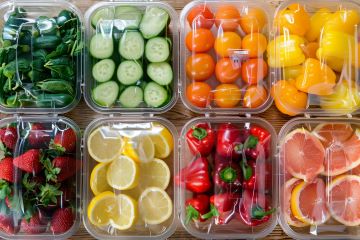Avian influenza A (H5N1) was first detected in dairy cattle in the U.S. in March 2024. On December 6, 2024, the U.S.
This guidance document outlines the Minnesota Department of Agriculture’s (MDA) approach to determining soil cleanup goals
LABELING REQUIREMENTS FOR PRODUCE FARMS IN MINNESOTA
Most packaged fruits and vegetables that are sold to con
INSTRUCTIONS
Before applying, please review the complete Grant Instructions document with eligibility and other rules on the Down Payment Assistance Grant webpage.
Application Part A—Farmer Information
Complete the farmer information section and answer the yes/no eligibility and demographic questions using the definitions below. Note: The applicant name must match the purchaser of the land. Only one application per household. Married couples may only complete one combined application.
Definitions
Minnesota Resident means the applicant has established a permanent home within Minnesota’s borders and has no present intention of moving outside the state.
Good Standing with the State of Minnesota:
- No back taxes owed.
- No defaults on Minnesota State-backed financing for the last seven years.
- Acceptable performance on past MDA grants.
- Compliant with current state regulations.
Direct Ownership is when an individual is the direct owner of farmland, shareholder in an operation that includes farmland, or the beneficiary of a life estate that includes farmland. Indirect Ownership is any interest or traceable interest in farmland.
Direct family: has the meaning given in section 267(c)(4) of the Internal Revenue Code, which includes siblings, spouses, parents, grandparents, children and other lineal descendants/ascendants. Aunts/uncles, nieces/nephews, and cousins are not considered direct family.
Application Part B – Purchase Information
Complete the farmland purchase information section with as many details as you have for the land you intend to purchase. If you do not have some of this information, you may leave questions blank; however, you will need to be prepared with all this information and close on your farmland purchase within 6 months if your application is approved. If your grant application is approved, you will also need to provide copies of:
- Purchase agreement
- Schedule F or signed statement claiming no farm sales to report
- Loan estimates or other proof of secured financing
- Other documentation required as needed to ensure the applicant qualifies for this program
The MDA will award these grants using a random lottery process, with priority given to eligible applicants with no more than $100,000 in annual gross farm product sales and eligible applicants who are producers of industrial hemp, cannabis, or specialty crops. Each award to be matched with at least $8,000 of other funding. Matching funds can be cash, loans, contract for deed, other grants, or any combination of these and other funding. The match does not need to be applicant cash. Complete grant RFP eligibility, rules, and instructions is available on the program website.
Privacy Notice: The information provided by an applicant will be used to assess the applicant’s eligibility to receive a Down Payment Assistance Grant from the MDA. The decision to apply for this grant is voluntary, and applicants are not legally required to provide any of the requested information. Applicants may decline to complete this application without any legal consequence. However, only completed applications will be considered for a grant; incomplete applications will not be considered.
Access to private or nonpublic data provided as part of this application is limited to those authorized by law, including but not necessarily limited to MDA staff and contractors with a valid work assignment to access the data, parties authorized by the applicant, parties identified in a valid court order or federal subpoena, Minnesota Management and Budget, Minnesota Department of Administration, the state auditor, and the legislative auditor. If necessary, the MDA may also share the data with law enforcement or the Office of the Attorney General.
Biosecurity will be the most effective method to protect your animals. Minimize access of wild birds to cattle and their environment.
- Manage the movement of cattle and their transport as much as possible.
- Do not feed unpasteurized colostrum or milk to calves, cattle, or other mammals.
- Implement precautions for caretakers and veterinary teams handling sick cows, sick or dead birds, small mammals, and unpasteurized milk.
- Separate (quarantine) all new or returning animals for at least 21 days.
- Contact your herd veterinarian if increased cow illness is observed in your herd, specifically in second lactation or greater cows that are 150 days or more in milk.
Biosecurity will be the most effective method to protect your animals. Minimize access of wild birds to cattle and their environment.
- Manage the movement of cattle and their transport as much as possible.
- Do not feed unpasteurized colostrum or milk to calves, cattle, or other mammals.
- Implement precautions for caretakers and veterinary teams handling sick cows, sick or dead birds, small mammals, and unpasteurized milk.
- Separate (quarantine) all new or returning animals for at least 21 days.
- Contact your herd veterinarian if increased cow illness is observed in your herd, specifically in second lactation or greater cows that are 150 days or more in milk.
Biosecurity will be the most effective method to protect your animals. Minimize access of wild birds to cattle and their environment.
- Manage the movement of cattle and their transport as much as possible.
- Do not feed unpasteurized colostrum or milk to calves, cattle, or other mammals.
- Implement precautions for caretakers and veterinary teams handling sick cows, sick or dead birds, small mammals, and unpasteurized milk.
- Separate (quarantine) all new or returning animals for at least 21 days.
- Contact your herd veterinarian if increased cow illness is observed in your herd, specifically in second lactation or greater cows that are 150 days or more in milk.
Wild birds, wild animals, poultry, dairy cattle, and newborn goats have tested positive for H5N1 in Minnesota.
Infections in cattle have been traced back to infected wild birds. Research is continuing on the transmission route between animals. The newborn goat kids that were diagnosed in Minnesota shared a water source with infected poultry that had been depopulated at the same site.
Sick cattle are typically isolated and recover. Depopulation of cattle is not recommended. Milk from sick cows is diverted from the food supply. Pasteurized milk is safe to drink.
Minnesota Department of Agriculture communicates and works closely with the University of Minnesota, Minnesota Department of Health, Minnesota Board of Animal Health, United States Department of Agriculture, Veterinary Diagnostic Laboratory, and industry partners to share information and develop plans to be best prepared.
Wear clean boots or boot covers, clean clothing, wearing disposable gloves, and safety goggles. For additional guidance see the Centers for Disease Control and the Minnesota Department of Health.
- Poultry questions should be directed to the Minnesota Avian Influenza hotline 1-833-454-0156.
- The Department of Natural Resources is addressing sick and dead wild bird reports, contact local DNR wildlife staff or the DNR information center at 888-646-6367.
- Any other diseases contact the Minnesota Board of Animal Health: 651-296-2942 or your district veterinarian (business hours).
- Human health questions can be directed to the Minnesota Department of Health: call 651-201-5414.
- Milk and food safety concerns can be directed to the Minnesota Department of Agriculture at 651-201-6300.
- Biosecurity Assessments and deterrent options are available through the USDA APHIS wildlife services: Jason Gilsdorf or any wildlife services personnel for assistance at 612-271-5119 or Jason.M.Gilsdorf@usda.gov
According to the CDC, human infections with avian influenza A viruses can happen when enough virus gets into a person's eyes, nose, or mouth or is inhaled. Raw milk from infected cattle can carry the virus and make people sick. People should not prepare or eat uncooked or undercooked foods, such as unpasteurized (raw) milk, or raw milk products, from animals with suspected or confirmed Avian Influenza A (H5N1) infection.
Wild birds, wild animals, poultry, dairy cattle, and newborn goats have tested positive for H5N1 in Minnesota.
